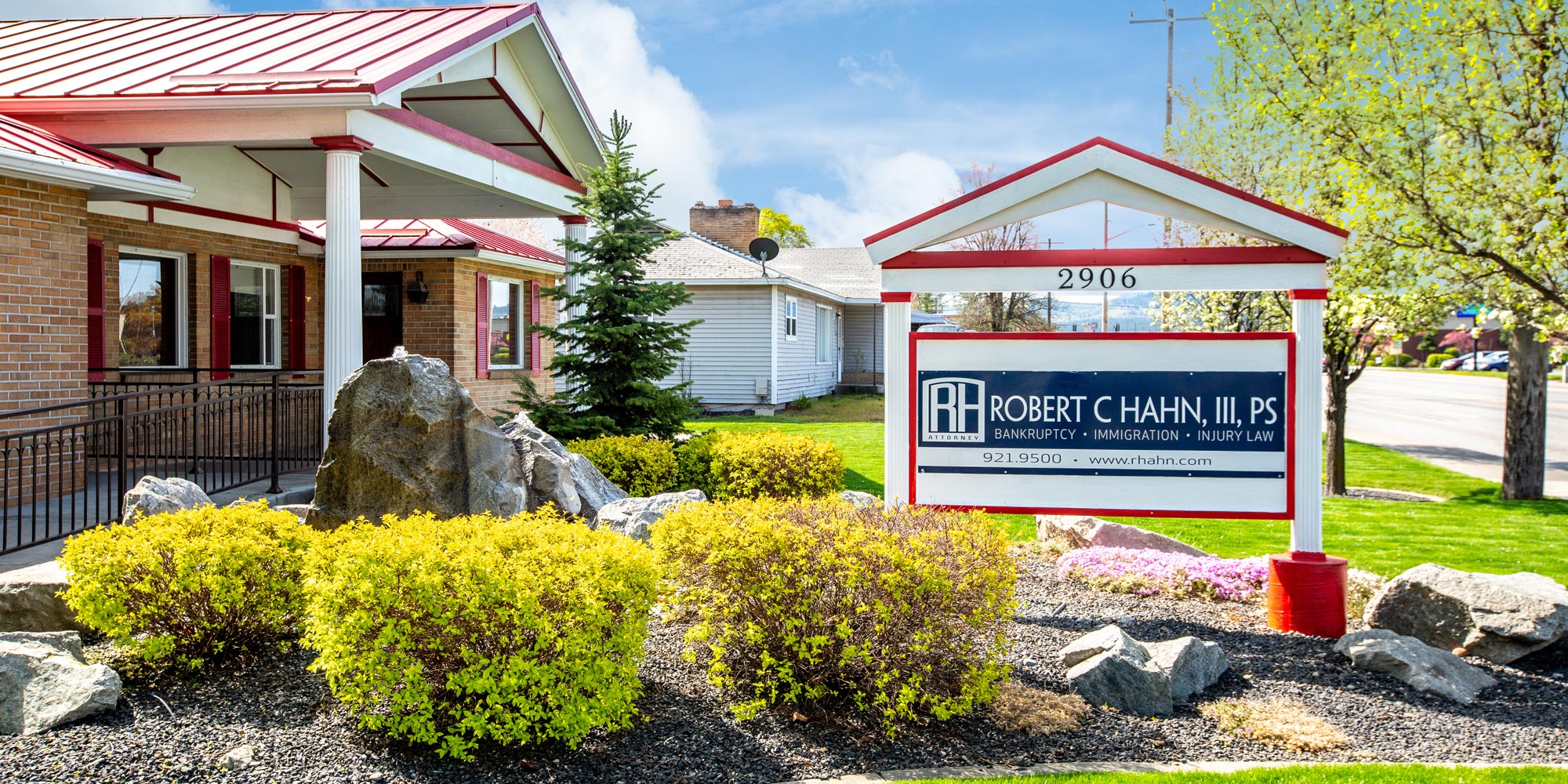Expanding further on Gmail Enterprise pricing and its value proposition within Google Workspace, it’s important to take a closer look at pricing flexibility, hidden costs, long-term financial impact, and how organizations can maximize their return on investment (ROI) while using Gmail Enterprise for business communication and collaboration.
Pricing Flexibility and Discounts
In addition to the standard per-user pricing model, businesses that sign up for annual or multi-year commitments often receive discounted rates compared to monthly subscriptions. Many organizations find this model appealing as it allows them to plan their IT budgets more effectively. For example, paying annually might offer the following benefits:
Predictable Pricing: Instead of fluctuating monthly fees, businesses can forecast their costs over the next year or more, making financial planning easier.
Discounted Rates: Google often provides a discount of around 10-20% for businesses that choose an annual billing cycle.
Google also frequently runs promotions that may provide additional savings for organizations signing up within certain periods. Additionally, seasonal discounts or promotional offers (such as back-to-school or end-of-year campaigns) could result in reduced pricing for businesses that want to take advantage of temporary deals.
Moreover, for businesses that exceed a certain size or have specialized needs, custom pricing is often available. Google’s sales team can work with enterprise clients to tailor a package based on their unique usage requirements, which includes enterprise-specific services like extended support, cloud storage limits, and dedicated account management.
Hidden Costs and Considerations
While the pricing for Gmail Enterprise and Google Workspace is quite transparent, there are several potential hidden costs that businesses should consider when evaluating their total cost of ownership (TCO):
Add-ons and Extensions: Many organizations rely on third-party tools and integrations available via the Google Workspace Marketplace. Some of these integrations may come with additional costs, especially if they are part of the organization’s workflow.
Storage Overages: If a business exceeds the storage capacity included in their plan, they may incur extra costs for additional storage. For example, if a Business Standard plan is used and the total storage for the organization exceeds the included 2TB per user, additional storage may be needed.
Training and Adoption Costs: Though Gmail and other Google Workspace tools are intuitive, there may still be costs associated with employee training and onboarding. For larger organizations, providing comprehensive training to employees may require additional resources, either through Google’s training modules or hiring third-party training consultants.
Support Plans: While basic support is included with all plans, priority support or premium support options may be required for large enterprises, especially if the business needs SLA-backed support with fast response times and guaranteed resolution times. These premium services come at an additional cost.
Long-Term Financial Impact and ROI
When evaluating Gmail Enterprise pricing in the context of long-term business needs, it’s important to consider the return on investment (ROI). Although Google Workspace may seem like a significant upfront cost, particularly for larger teams or those on the higher-tier plans, the platform often delivers financial savings in several areas:
Reduced IT Overhead: Traditional email systems or on-premise servers require significant IT resources for maintenance, software updates, and server management. By switching to Gmail Enterprise, businesses offload these responsibilities to Google, thus freeing up IT teams to focus on other critical tasks.
Increased Productivity: Google Workspace is designed to increase team collaboration and productivity. Gmail Enterprise comes with integrated tools like Google Docs, Sheets, Meet, and Drive, which allow teams to collaborate in real-time. The integrated suite also leads to less time spent on switching between different software platforms and tools. This enhanced collaboration can lead to faster project completion and a quicker time to market for businesses.
Scalability: Gmail Enterprise offers unmatched scalability. As a business grows, it can add more users to the platform easily. With its cloud-based infrastructure, businesses do not need to worry about managing physical servers or investing in new hardware when their workforce expands.
Global Accessibility: One of the key features of Gmail Enterprise is its cloud accessibility. Employees can access their email and Google Workspace tools from anywhere in the world. This is especially valuable for businesses with remote or distributed teams, as it eliminates the need for costly infrastructure like VPNs or dedicated communication tools.
Cost Comparisons: Gmail Enterprise vs. On-Premise Solutions
To further understand the financial benefits, comparing Gmail Enterprise with traditional on-premise email systems is helpful:
Initial Setup Costs:
Gmail Enterprise: There is no hardware to purchase, and the costs are straightforward (per-user per-month subscriptions). Google handles all infrastructure management, including the servers, storage, and networking.
On-Premise Solutions: Businesses need to purchase and maintain their own servers, storage devices, and other IT hardware. This often comes with significant upfront costs, which can exceed several thousand dollars for the hardware alone.
Ongoing Maintenance:
Gmail Enterprise: Since the platform is cloud-based, businesses do not have to worry about patching software, replacing hardware, or performing regular system maintenance. Google handles all the back-end maintenance, freeing businesses from having to hire dedicated IT staff for these tasks.
On-Premise Solutions: Regular software updates, security patches, and server monitoring require a dedicated IT team. For small to medium-sized businesses, this means incurring recurring staffing or consulting costs. Larger businesses may need specialized teams or third-party services for ongoing system maintenance.
Security Costs:
Gmail Enterprise: Google offers enterprise-grade security for all users, which includes data encryption, two-factor authentication (2FA), and secure file sharing. Organizations do not need to worry about investing in separate firewall or encryption services.
On-Premise Solutions: Organizations need to invest gmail enterprise pricing in their own security infrastructure, including firewalls, encryption, and intrusion detection systems. These security measures can become quite costly when considering both initial setup and ongoing maintenance.
Scalability:
Gmail Enterprise: One of the biggest financial advantages of Gmail Enterprise is its scalability. If a business grows, they can easily add more users or services without worrying about purchasing new servers or hardware. This pay-as-you-go model allows businesses to scale efficiently.
On-Premise Solutions: Scalability for on-premise solutions is much more complex. Businesses may need to purchase additional servers, upgrade storage, and hire additional IT staff to manage the growing infrastructure. This can lead to high capital expenses as the business grows.
Business Benefits Beyond Cost
In addition to cost savings, Gmail Enterprise offers a range of business benefits that improve overall performance and alignment with organizational goals:
Improved Communication: Gmail Enterprise provides real-time communication through email, chat, and video conferencing, making it easier for teams to stay connected, share ideas, and collaborate on projects.
Seamless Integration: Google Workspace tools such as Docs, Sheets, Slides, and Google Meet integrate seamlessly with Gmail, providing a unified platform for communication and collaboration. This reduces the need for switching between different tools and platforms, improving efficiency.
Better Data Management: Gmail Enterprise includes advanced tools like Google Vault, which helps businesses archive, retain, and search emails and documents for compliance purposes. This is especially important for industries with strict regulatory requirements such as finance, healthcare, or legal.
Innovation and AI: Google continuously integrates cutting-edge technology and AI-powered features into Gmail Enterprise. For example, smart compose and AI-driven email categorization help users manage their inbox more efficiently, leading to less time spent managing emails and more time spent on important tasks.
Conclusion
While the pricing of Gmail Enterprise might seem like a significant investment for organizations, its cost-effectiveness becomes clear when you consider the wide range of features and business benefits it brings. From improved productivity and seamless collaboration to enterprise-grade security and cost savings on IT infrastructure, Gmail Enterprise offers tremendous value. The scalability, ease of use, and flexibility of Google Workspace make it an excellent choice for businesses of all sizes.
Organizations considering Gmail Enterprise should weigh the upfront costs against long-term benefits like reduced IT overhead, improved employee productivity, enhanced security, and better business continuity. When implemented effectively, Gmail Enterprise can be a game-changer, enabling businesses to operate efficiently in a modern, cloud-based world.…






